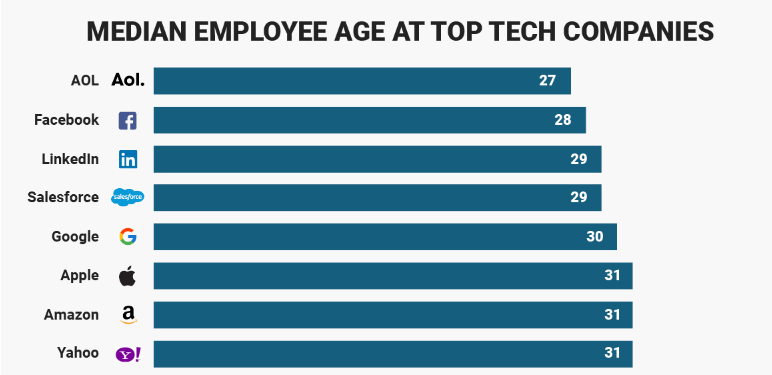About ten years ago I came home one day and said to my wife, “I can’t do this anymore”. It doesn’t matter what I was doing, I just couldn’t do that anymore. I knew it. Something had to change.
Steve Jobs is famously quoted as saying, “people don’t know what they want until you show them”, I think Henry Ford said something similar about one hundred years before Jobs. Both were talking about consumers, but in reality, it fits people in almost every aspect of life.
I find it really rings true for people in their careers. We think we know what we want. “I want to be a vice president by the time I’m 35”, I told my wife when I was 25 years old. I thought I knew what I wanted in my career. In reality, I was just title chasing.
I became a vice president and I found out I felt no difference in my career, and I definitely didn’t feel satisfied. So, a title was not what I truly wanted. What I discovered was I wanted to be in control. Success or failure, I wanted that on my shoulders. It didn’t matter what I was actually doing in my career, I needed control.
As a leader, I find probably only about ten percent of those who you support will truly have an idea about what they want out of a career. The other ninety percent, are just like me, they think they know, but they really don’t until they’ve reached whatever goal they’ve set for themselves, then they’ll find out if they actually had any clue, or they were just guessing.
If we start with most employees have no idea what they want in their career, or at best they have an idea, but it’ll be wrong, it’s now up to leaders to help shape this path. It might be the only real thing we can do for those we supervise as leaders are to help guide them on their career path.
Employees don’t know what they want in a career until you show them.
If you believe this is your job as a leader to show those you work with what their career can be, this really helps to crystallize what you do each day.
What I know from my experience is the best people I ever worked for had a vision and path they wanted for their career. That path was usually developed and born from a mentor or boss that took the time to care about this person enough to show them what their career could be.
I can point to four different leaders and mentors in my life who helped shape my path, and by the way, all said I was an idiot for my obsession with a title. I was too young to listen, and thankfully they were too smart to give up on me.
It’s your job as a leader to show your people what they want. Don’t ever assume that your people already know what they want, most don’t. They won’t admit this because admitting it makes you sound like a moron, but it shouldn’t stop you as a leader from showing them the possibilities.
What I find is the more you show them the path, the more they’ll gravitate towards it and raise their performance to meet it.


